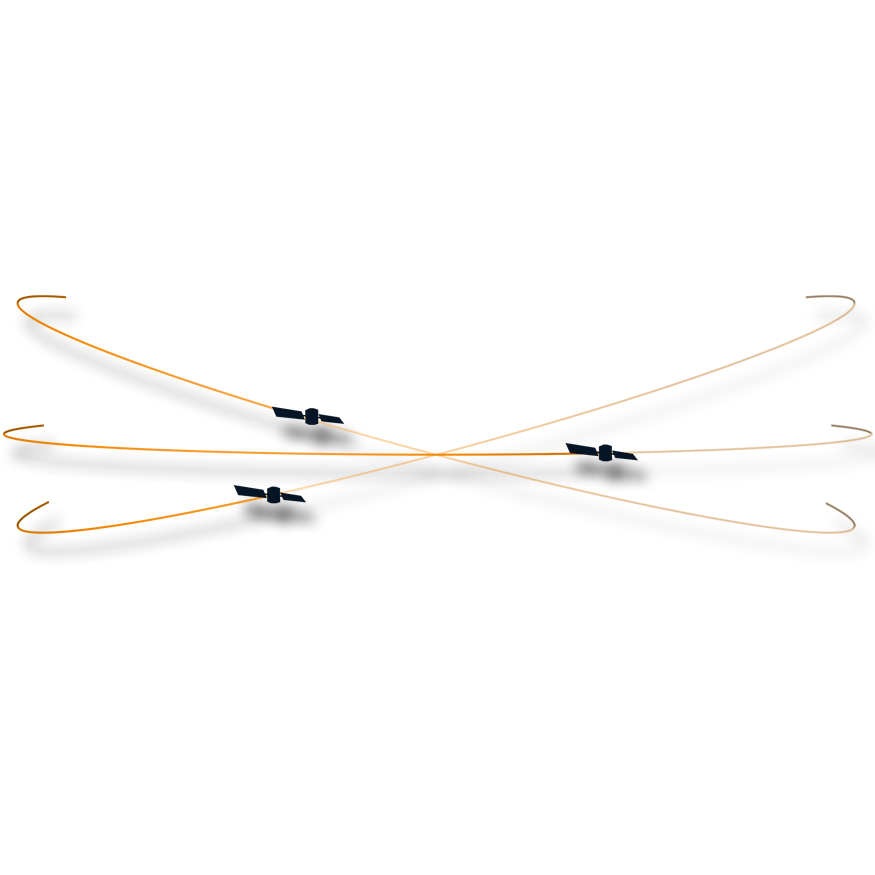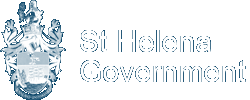
St Helena Government calls for expressions of interest
St Helena is a British Overseas Territory situated in the middle of the South Atlantic Ocean and best known as Napoleon Bonaparte's place of exile until his death.In August 2021 a transatlantic submarine fibre-optic cable, Google's Equiano cable, will be landed on the island providing backhaul capacity of multiple Tbps directly to Europe and South Africa. The submarine cable, together with the island's improved physical accessibility resulting from the weekly commercial air link to Johannesburg introduced in October 2017, creates the unique opportunity to establish satellite earth stations on St Helena.
Following the signature of an MoU for the submarine cable in October 2017, the St Helena Government has launched planning for the earth station project and is calling for expressions of interest from the satellite and space industry.
Polar Low-Earth Orbit
St Helena allows immediate access to data gathered by polar orbiting satellites over the Mediterranean, North and Western Africa and the South Atlantic reducing acquisition time substantially. At the same time a ground station on the island could serve as a backup for missed passes over Europe - be it due to technical issues, weather conditions or interference avoidance. The additional downlink opportunity on the island increases total throughput per orbit and adds resilience to existing downlink architectures.Equatorial and inclined Low-Earth Orbit
Located 15° south of the equator St Helena also offers downlink opportunities to satellites in equatorial orbit and, depending on inclination scenarios, also to those in inclined orbits. Based on its geography St Helena can support the business case for new satellites in equatorial orbit where coverage is limited today.Gateway for Megaconstellations
Through a gateway on St Helena megaconstellations that do not feature inter-satellite links could provide coverage across much of the South Atlantic Ocean including some of the most densely populated littoral regions along the western coast of the African continent.Those megaconstellations with inter-satellite links and the ability of in-orbit routing will have the opportunity to offload traffic from the orbital network to the terrestrial backbone in the middle of the Ocean, a location of lowest utilization where otherwise idle RF capacity can be rededicated for gateway links. Thanks to St Helena's geographical proximity to key markets and the direct submarine cable route to the same, latency and overall network performance will remain at favourable levels.
